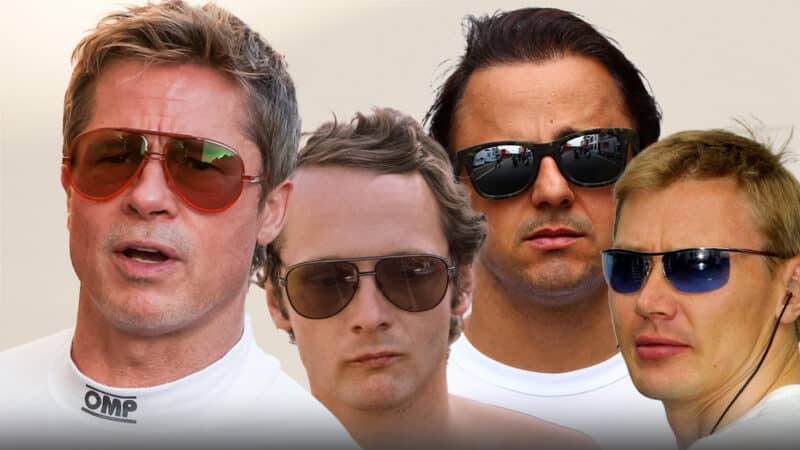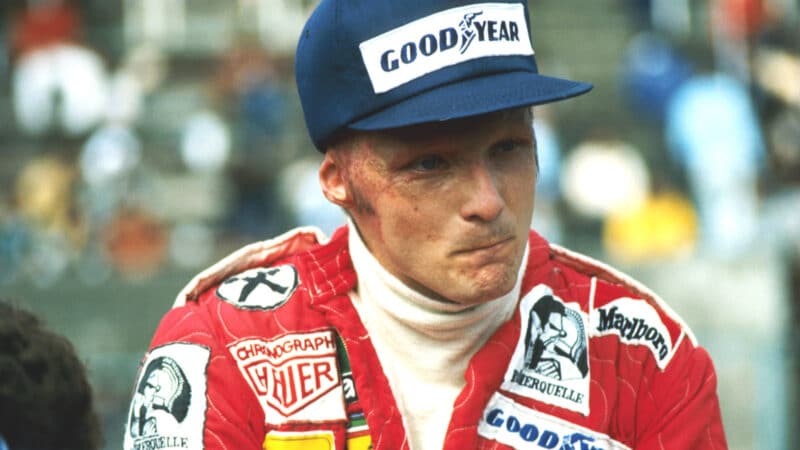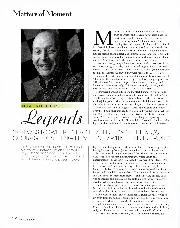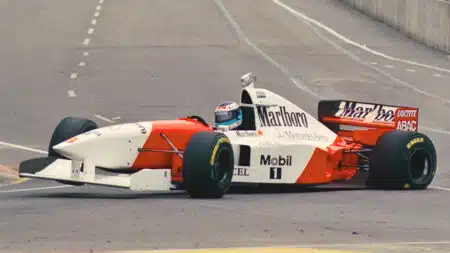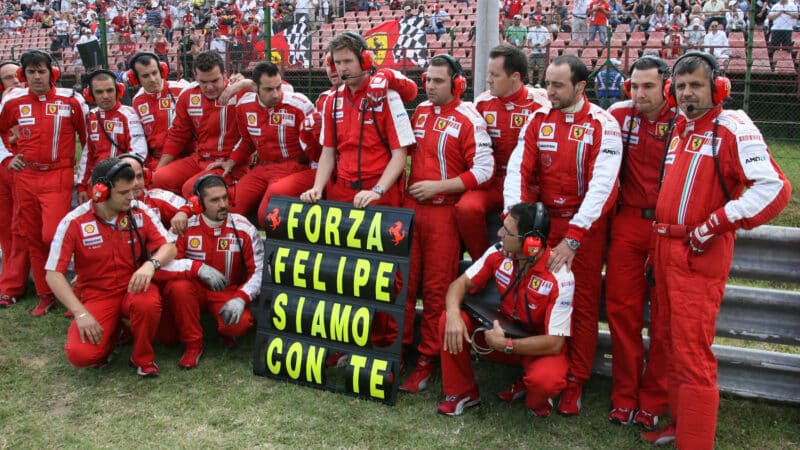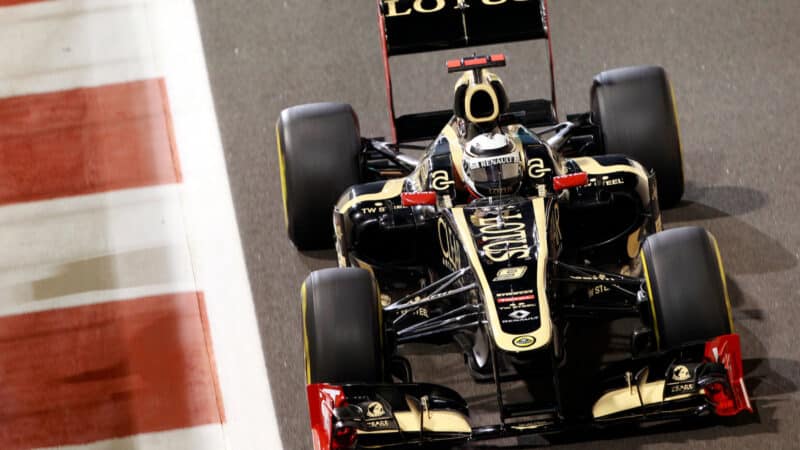Lauda later recalled that the prayers made him angry and more determined to survive. He underwent multiple surgeries and endured immense pain, but, motivated by the fierce championship battle with James Hunt, was back on track for the Italian Grand Prix just six weeks after the crash.
Lauda arrived at Monza with his wounds still raw, his head bandaged, and with a specially modified helmet to fit over his injuries, then went on to finish fourth, his bandages soaked in blood and needing assistance to get out of the car.
Lauda’s return kept him in the championship fight, which went down to the final race in Japan, where Lauda, citing unsafe conditions due to torrential rain, withdrew from the race. Hunt finished third and won the championship by a single point, but Lauda’s comeback changed the perception of what was possible in motor sport recovery terms.
And that was just his first comeback. Having retired from F1 to focus on his airline business after the 1979 season, Lauda was lured back by McLaren and went on to win his third third title in 1984 before retiring for good the following year.
Robert Kubica: Against all odds
Like Lauda before him, Kubica’s comeback was as sensational as it was inspiring.
The Polish driver was at the peak of his F1 career and was seen as one of Formula 1’s top talents when he was involved in a horrific accident in February 2011.
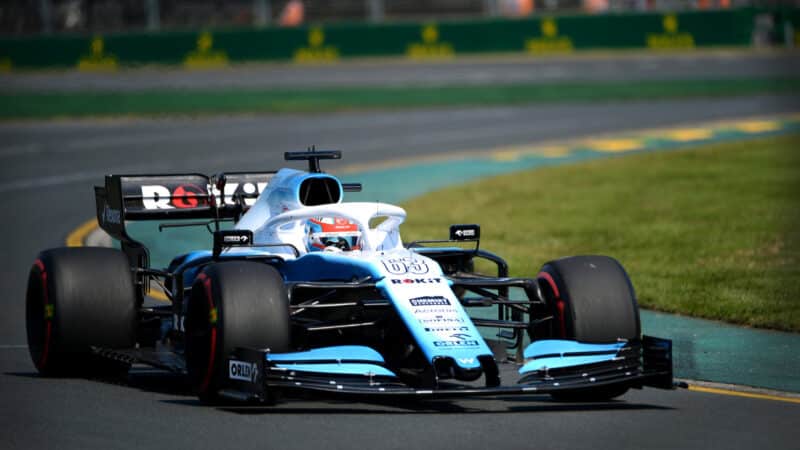
Kubica returned to F1 with Williams
Grand Prix Photo
While participating in a rally in Italy during F1’s off-season, Kubica crashed against a guardrail. The accident nearly severed his right arm, leaving him with multiple fractures and severe injuries to his hand and forearm.
His recovery was long and arduous: Kubica underwent a series of complex surgeries before a gruelling rehabilitation process. Even then he was left with limited mobility in his right hand, making it difficult to even grip a steering wheel.
But Kubica persevered, testing in simulators, and driving in other racing categories to prove his capabilities. It paid off when he was announced as a full-time driver for Williams for the 2019 F1 season, eight years after his accident.
Just being back on the grid was hailed as one of the greatest comebacks in sporting history, and he managed to score a point at the German Grand Prix, Williams’ only one of the season. Now a Le Mans 24 Hours winner, Kubica called his comeback “the biggest achievement of my life”.
Mika Häkkinen: From near death to two F1 titles
Mika Häkkinen is another driver who made an incredible return to racing after a crash that almost proved fatal.
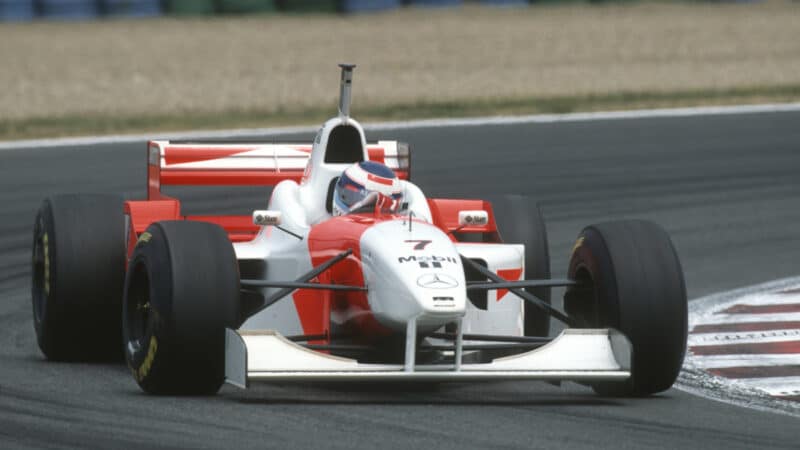
Hakkinen’s recovery was extremely difficult
Grand Prix Photo
During qualifying for the 1995 Australian Grand Prix in Adelaide, he suffered a tyre failure that sent his McLaren into the barriers at around 125mph. The impact was so severe that the Finn fractured his skull, and his airway was blocked, leaving him unresponsive. Quick-thinking trackside doctors performed an emergency tracheotomy at the scene, which saved Häkkinen’s life.
